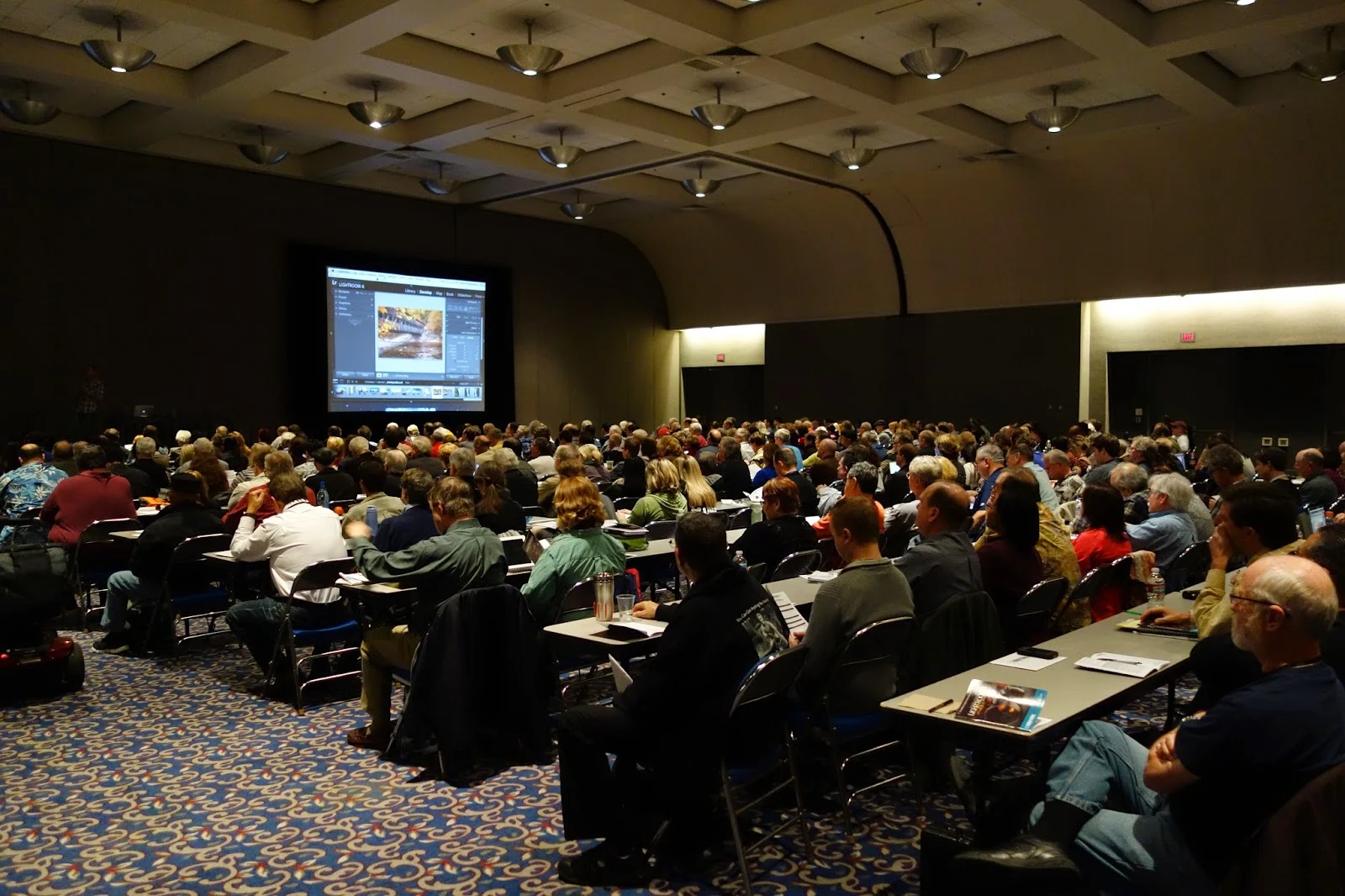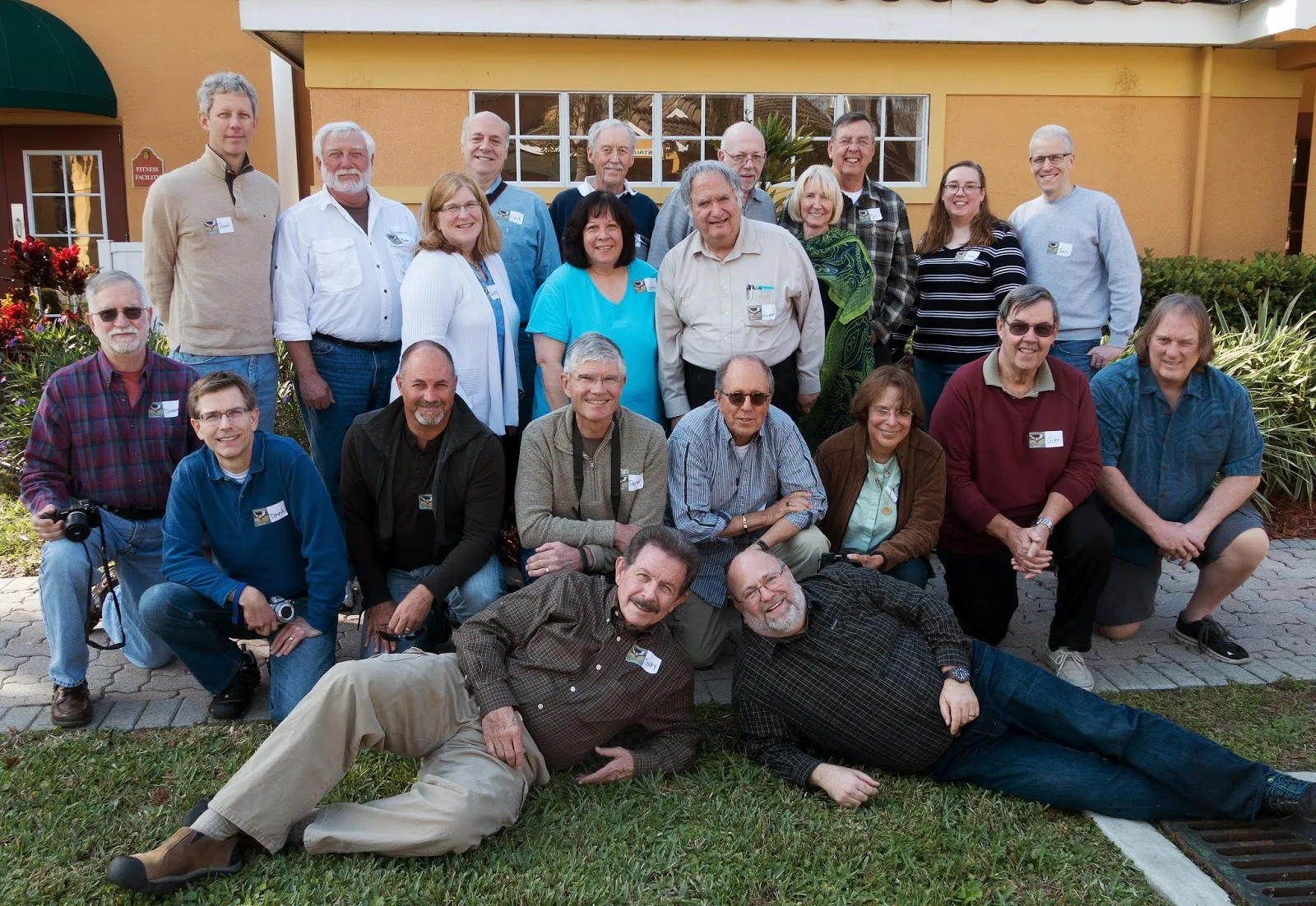- Supplements covering the Sony A7s and A7 II are out!
- Unfair tease about a use for 14-bit RAW
- Seminar and Ebook updates
- I Will Live Forever
A Classical Environmental Portrait
 |
| Leon Levitch's life revolved around the piano. He passed away last November. |
So what is a "Classical Environmental Portrait", then?
It's an environmental portrait with classical lighting. The shot above is of pianist Leon Levitch, who had a remarkable history (starting with his escape from the Nazis when he was 15). To take this shot I used just one flash and one softbox, placed in "Rembrandt Lighting Position" (45 degrees to the right, 45 degrees up from the subject. See the setup below, and click on any image to make it larger.)
Specs: Sony A7r, Zeiss 24-70 f/2.8, LA-EA4 adapter, Minolta 5600 flash, F20 flash used as a trigger, Lastolite EZYBOX softbox (designed to be used with speedlights).
Probably the most striking thing about this setup is the "before" and "after" look. Here is a similar portrait taken the same day with pianist Danny Brodsley from the Joy of Music ensemble:
 |
| Before: Ambient Light only; 1/6th of a second, f/2.8, ISO 100 |
 |
| After: Light with wireless flash: 1/80th of a second, f/8, ISO 100. Flash on manual output; 1/2 power. What do you think of him now? :-) |
Notice how much darker the room looks - wouldn't it be brighter since you're adding light from the flash to what's already there? The unintuitive answer is NO - the combination of f/stop, shutter speed, and ISO let in so little light that the ambient light just didn't register. So the flash became the brightest light in the room. (The stained glass is a different story - it should have been a little brighter as in the image of Mr. Levitch, however a truck pulled in just before the shot, blocking the light from the window.)
And for some perspective, here's the same setup but with the flash mounted on top of the camera, universally known as the worst kind of light you can give your pictures in a dark room:
 |
| (Scholarly comment: "Yuk!") |
Seminars!
Allow me to be bold for a moment. This is what it's like to attend one of Scott Kelby's seminars:
 |
| (And this is only half the room.) |
You need a GPS just to find your seat! The presenter can't really go off-script, and if you have a burning question, good luck getting an opportunity to ask. It may be "Live!", but it's certainly not interactive.
Now have a look at the class size for the seminar we just conducted in Florida:
 |
| The Orlando, Florida seminar was AWESOME! |
There's one other major difference: My approach and philosophy is diametrically opposed to Kelby's. While his empire is content to indulge in people's desires to engross themselves in Adobe products, I show you how to pretty much avoid using Photoshop altogether, using the forgotten secrets of the Kodachrome shooters to get "Wow!" shots with whatever camera you own. Would you rather spend your life shooting, or hunched over a computer post-processing? :-)
The next scheduled seminars are both in May:
Boston May 2-3, 2015
and possibly Nashville May 30-31st
Austraila and New Zealand scheduled for November
Interested in learning more? Email me and I'll let you know more when the logistics are arranged.
A7 II and A7s Supplements Now Out!
The Sony A7s and the new A7 II are so similar to the original A7 that an entire new book for each would have been quite redundant. And so new compendiums have just been assembled, designed to supplement the original A7 / A7r ebook. They're each 77 and 71 pages, respectively, and you can purchase your copy for USD $6.95 here:
Supplement for the A7s
Supplement for the A7 II
"Gee, Gary, in the past you've updated your ebooks for free! Why are you charging for them now?"
When I set out to write these supplements, it was my intention that they would be free. But the subject matter was so abstruse (professional video is WAY more complex than you think!) and I spent weeks finding the best ways explain things like S-Log2 gamma curves that would be understandable to non-videographers. I also consulted with two professional cinematographers who do this stuff everyday to learn what was meaningful and how these tools are most often used. More work than I thought; and in the process I realized that there is a value to someone to explain all this in a way that is approachable and understandable - and you certainly won't find such an introduction on the web!
So please think of it as beer money. :-)
Books in the pipeline include the Fujifilm X100T, and the yet-to-be-announced MFT camera from Olympus. (Plus whatever Sony announces in February.) Stay tuned, and send me an email if you'd like to be notified of their releases!
Next Time in Cameracraft
I finally found a use for 14-bit RAW! (And it's not what you think...)
 |
Also, Sprague Theobald writes about his harrowing expedition through the Northwest Passage - the story is even more amazing than this picture! :-)
Read all about these (plus many other articles) by subscribing to Cameracraft magazine - a labor of love designed to inspire its readers creatively by showcasing works and thought processes of other photographers.
I Will Live Forever
Family snapshots are like fine wine; they become more valuable with age. One of the most memorable affirmations of that idea is this wonderful television commercial from Kodak which ran in the 1990's. Its basic guidelines for valuing photos is wonderfully ambiguous:
"Keep me. Protect me. Share me. And I will live forever".
Of course you don't know if they're referring to the photos, or the memory of the people depicted in them. But at the end of the day it doesn't matter because it applies equally well to both.
That's it from here. Until next time...
Yours Truly, Gary Friedman





It's amazing what a well-placed light and some well-deployed know-how can do for your photography. I'm really looking forward to your X100T book.
ReplyDeleteUnfortunately the Kodachrome era has left us with a 'mould on transparencies' issue even when the storage method was in dry conditions away from horrible plastics.
ReplyDelete'Other makes were available as they say in the UK' but so many of these are now totally useless through the fading of certain dyes.
Priceless photos gone for ever - yet I have silver based B&W negatives from 100 years ago.
We need to have strategies for our digital legacies.
Graham
Graham, that's a subject for a whole 'nuther blog post! No color film lasts forever, but Kodachrome's dyes lasted the longest (as long as they weren't projected). Digital files will deteriorate, too (see my 2 blog posts on Bit Rot in 2014) so nothing is perfect. Except maybe B&W film and properly-processed prints.
DeleteAs being a portrait painter I doubt that any painter could have done a better portrait then the one with the old fellow with the cane. Very interesting. Live on.
ReplyDeleteA friend recently pointed out to me that when you hold a kodachrome in your hand you actually are holding something that was there at the time the image was made.
ReplyDeleteNot so important on an intellectual level, but interesting on a human level.
Of course that's true of all transparancies; not just Kodachrome. :-)
DeleteI guess I used the term kodachrome generically to apply to all film based images.
ReplyDeleteNot a reason to use film rather than sensors, just an interesting bit of nostalgia.
You have got my neurons flapping and I now know how to live forever. You are my guru. Thank you so much for sharing your wisdom. Yes your seminars are so personable. The other cast of millions Think they are getting somewhere...not. Again thank you !!!
ReplyDeleteSheila
Great pictures! All of them! But most of all I like the green sky and the girl in a hat)
ReplyDelete